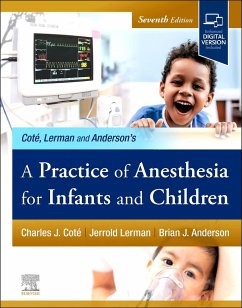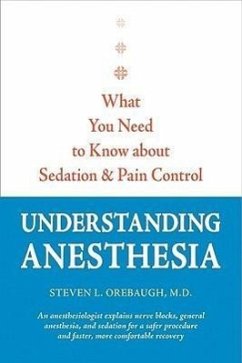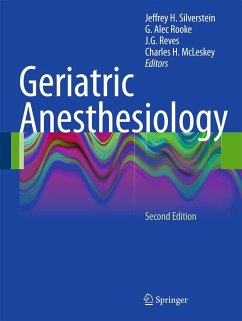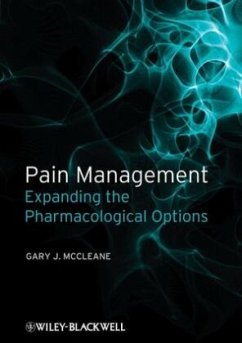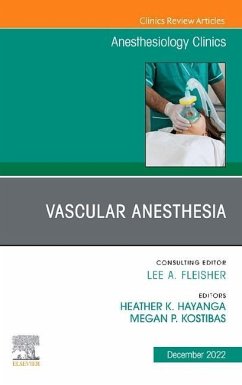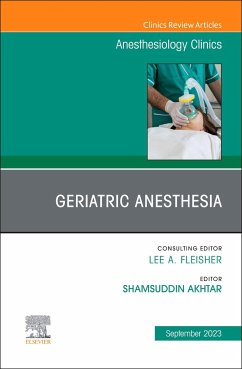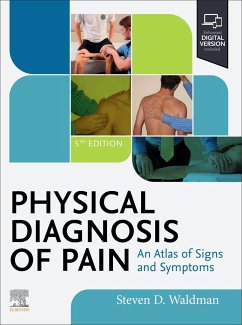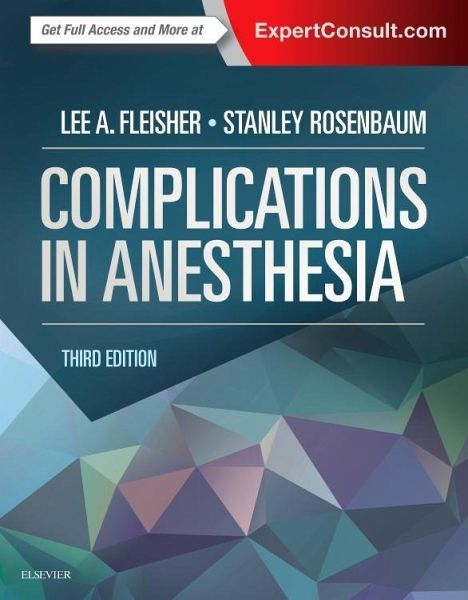
Complications in Anesthesia

PAYBACK Punkte
69 °P sammeln!
Using a unique, problem-solving approach, Complications in Anesthesia, 3rd Edition, walks you through effective solutions to common complications in anesthesia and critical care. This practical reference uses a highly structured, clearly illustrated format to bring you up to date with what's new in the field, help you anticipate potential challenges, and guide you through life-saving solutions. 1. Presents content in an updated, logical organization covering various types of complications (drugs, testing, intubation, line insertion, surgical procedures, etc.) followed by differential diagnosis...
Using a unique, problem-solving approach, Complications in Anesthesia, 3rd Edition, walks you through effective solutions to common complications in anesthesia and critical care. This practical reference uses a highly structured, clearly illustrated format to bring you up to date with what's new in the field, help you anticipate potential challenges, and guide you through life-saving solutions. 1. Presents content in an updated, logical organization covering various types of complications (drugs, testing, intubation, line insertion, surgical procedures, etc.) followed by differential diagnosis and treatment of signs of complications (intraoperative, such as hypoxia or hypotension; and postoperative, such as MI). 2. Follows a problem-based, practice-oriented approach throughout; case synopses are followed by concise coverage of recognition, risk assessment, implications, management, and prevention. 3. Allows you to review the case reports, contemplate the implications, then check your response against what the experts have to say. 4. Includes numerous photographs, diagrams, flow charts, and tables that illustrate key concepts. 5. Ideal as a clinical reference and as a study tool when preparing for oral boards.




